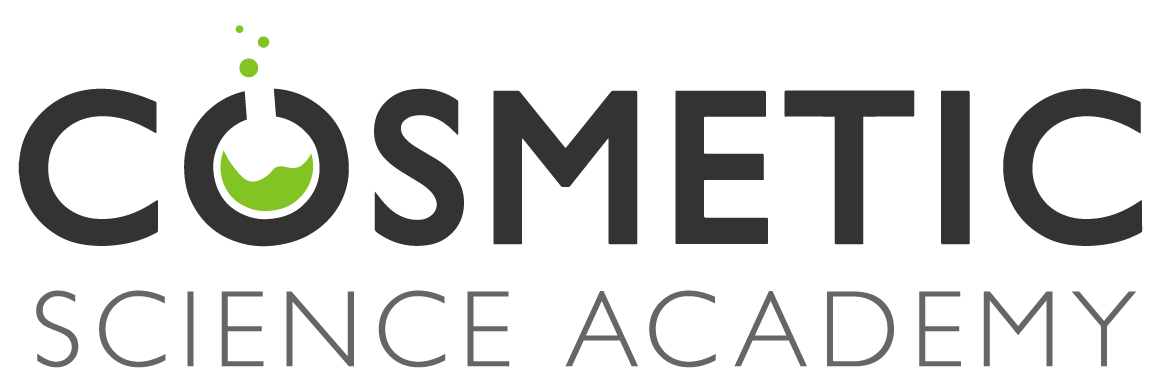Wherever you are in the world, pollution is becoming more and more of an issue. Most of us are well aware of the negative impact pollution has on our health, but what about our skin!
Our skin is one of the largest organs in our body and its primary function is to act as a physical barrier to outside aggressors. Along with offering protection from injury and temperature variations, it also protects us form micro-organisms, ultraviolet radiation and toxic chemicals.
So, do we really need to be using anti-pollution skincare?
Research suggests – Yes!
Recent research has shown air pollution to be one of the largest environmental health risks with more and more evidence highlighting its harmful effects on the skin (Kampa and Castanas, 2008).
It has been shown that pollution can damage the skin barrier, cause premature aging due to the breakdown of collagen and elastin, increase hyperpigmentation, skin dehydration and sebum production and aggravate existing skin problems such as eczema, and atopic dermatitis (Whitehouse, 2016).
Pollution comes from all sorts of things but most air pollutants are an indirect result of industry, motor vehicles and domestic wood burning.
These pollutants come in the form of chemicals and microscopic particles and when introduced into the air in large enough quantities start to have a negative effect on our health (Gupta et al., 2016).
The tiny particles find it easy to penetrate the skin stimulating the production of free radicals that contribute to oxidative stress. This severely damages cells causing inflammation and dehydration as well as impairing the skins barrier function (Krutman et al., 2014).
To understand free radical damage a little better, we can think of free radicals as rogue molecules. In this scenario, we’ll liken them to your typical ‘school bully’.
These school bullies strut around the playground looking for their next victim (molecule) to torment and steal lunch from (stealing an electron). Unfortunately, without food (loss of an electron), the victim becomes sick and weak forcing them to become a free radical and playground bully themselves, starting a chain reaction.

It’s important to stop this destructive cycle and that is where antioxidants come in. Antioxidants can be likened to the ‘fearless friend’ that rushes in and offers their lunch to the bully to stop them taking yours. And as they don’t mind losing their lunch, they don’t become sick and weak or become free radicals themselves.

So, how do we protect our skin from the harmful effects of pollution and free radical damage?
CLEANSE, REPAIR, PROTECT
Cleanse
Regular gentle cleansing of your skin is crucial to prevent the build-up of pollution, make-up and dirt accumulated throughout the day.
More thorough cleansing and exfoliating with products containing alpha hydroxy acids (AHA) like glycolic acid, are an excellent way to remove dead skin cells for a smoother more youthful complexion.
Using a toner after you cleanse will also help to lift off any leftover debris.
Repair
Follow cleansing and toning with an antioxidant packed serum to help neutralize free radicals and prevent further damage.
Protect
Use a moisturizer containing antioxidants, humectants, emollients and botanicals that offer protective and healing properties to help combat the effect of pollution.
Last, but not least, complete your routine with a high SPF sunscreen to help protect against UV damage and photo-aging.
What ingredients can we use to help reduce the effects of pollution and free radical damage?
Glycerin – is a humectant with excellent moisturizing properties and clinical studies have shown its efficacy at improving skin barrier function.
Lecithin – is a vital component of all cell membranes and is important for cell growth and function. It acts as an emulsifier in skincare but also has the ability to penetrate the skin delivering active ingredients to help hydrate, replenish and repair.
Vitamin C – acts as an antioxidant. It also helps to reduce redness and inflammation caused by sun damage and improve the appearance of fine lines and wrinkles.
Vitamin E – protects your skin cells from free radical damage and helps to improve cell function, increase collagen production and boost elasticity.
Niacinamide (Vitamin B3) – is great for increasing moisture levels, reducing pore size, sebum production, wrinkles and pigmentation and helps repair skin barrier function to block out pollution.
Glycolic acid – has the ability to deeply penetrate the skin. It effectively cleanses and exfoliates, increasing cell turnover, stimulating collagen and elastin production to smooth the skin.
Red Algae (Chondrus Crispus) – due to the high level of carrageenan found in red algae it offers film forming properties to protect the skin from environmental stresses. It replenishes and maintains the skin’s natural moisturising factor (NMF), reduces trans epidermal water loss (TEWL), increasing hydration, and protects skin against dryness and irritation (Kim et al., 2008).
Green tea – is antioxidant, anti-ageing and helps protect against UV induced damage and photo-aging.
Moringa oleifera seed oil – has increased in popularity due to recent research on its ability to protect and purify the skin. It has an occlusive ‘cushiony’ feel and due to it behenyl acid content, is extremely emollient without being greasy. It’s an efficient natural cleanser helping to remove the build-up of pollution, dirt and make-up from the skin (Lugman et al., 2012).
Seabuckthorn fruit oil – is extremely high in essential fatty acids and is loaded with antioxidants, including vitamins C and E. It also has copious amounts of plant sterols, beta-carotene and carotenoids making it an amazing skin repairing and conditioning oil.
Blueberry seed oil – is rich in essential fatty acids and phytonutrients and is one of nature’s most potent antioxidants. Research shows that blueberry seed oil possesses significant free radical scavenging properties.
Goji seed oil – is high in antioxidants, essential fatty acids, vitamins and amino acids. It can help reduce inflammation and promote even skin tone, promote new skin growth by increasing circulation and smooth and hydrate skin reducing the appearance of fine lines and wrinkles.
Pomegranate seed oil – is a powerful anti-inflammatory agent, a free radical scavenger and can help strengthen the epidermis, helping to reduce the appearance of fine lines and wrinkles.
Raspberry seed oil – is a strong antioxidant with high vitamin E content. It is high in polyphenols, Omega-3 and 6 essential fatty acids and has powerful anti-inflammatory properties. Research suggests it can offer some sun protection from UV-A and UV-B rays (Oomah, 2000).
Oat kernel oil – is rich in vitamin E, phytosterols, phospholipids and Omega-6 and 9 essential fatty acids. These active components have antioxidant, anti-inflammatory and moisturizing properties to help reduce free radical damage, inflammation and dry damaged skin (Sur et al., 2008).
Cranberry seed oil – has a unique balance of Omega 3, 6 and 9 essential fatty acids and is high in phytosterols, phospholipids and vitamin A. It’s a strong antioxidant with extremely high levels of vitamin E, especially tocotrienols and tocopherols, offering protection against UV radiation and free radical damage.
References
Gupta, S.; Stanek, J.; Wochner, M. Shielding Skin from Airborne Antagonists; Rodman Media Corp.: Ramsey, NJ, USA, 2016
Kampa, M.; Castanas, E. Human health effects of air pollution. Environ. Pollut. 2008, 151, 362–367
Kim, S.-K.; Ravichandran, Y.D.; Khan, S.B.; Kim, Y.T. Prospective of the Cosmeceuticals Derived from Marine Organisms. Biotechnol. Bioprocess Eng. 2008,13, 511–523
Krutman, J.; Liu,W.; Li, L.; Pan, X.; Crawford, M.; Sore, G.; Seite, S. Pollution and skin: From epidemiological and mechanistic studies to clinical implications. J. Dermatol. Sci. 2014, 76, 163–168
Luqman, S.; Srivastava, S.; Kumar, R.; Maurya, A.K.; Chanda, D. Experimental Assessment of Moringa oleifera Leaf and Fruit for Its Antistress, Antioxidant, and Scavenging Potential Using In Vitro and In Vivo Assays. Evid.-Based Complement. Altern. Med. 2012,2012, 519084
Oomah, B.; Ladet, S.; Godfrey, D.; Liang, J.; and Girard, B.“Characteristics of raspberry (Rubus idaeusL.) seed oil,” Food Chemistry, vol. 69, no. 2, pp. 187–193, 2000.
Sur R., Nigam A., Grote D., Liebel F., Southall M.D. Avenanthramides, polyphenols from oats, exhibit anti-inflammatory and anti-itch activity. Arch. Dermatol. Res. 2008;300:569–574. doi: 10.1007/s00403-008-0858-x
Whitehouse, L. AntiPollution and the Beauty Industry: Part II; Cosmetics Design-Europe.com; William Reed Business Media SAS: West Sussex, UK, 2016


